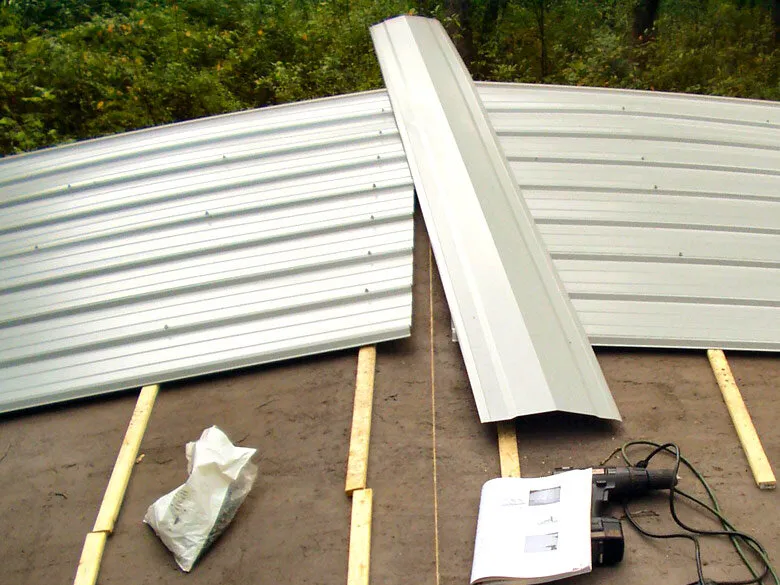Seismic inversion theory and applications is a powerful technique used in geophysics to unravel the hidden mysteries beneath the Earth’s surface. It plays a crucial role in the oil and gas industry, geological exploration, and subsurface characterization. Over the years, significant advancements have been made in seismic inversion methodologies, enabling geoscientists to obtain more accurate and detailed subsurface information. In this article, we will explore the latest advances in seismic inversion methods and their impact on understanding the Earth’s subsurface.
From 1D to 3D Inversion
Traditional seismic inversion techniques were primarily based on one-dimensional (1D) models, which often oversimplified the subsurface complexity. However, recent advancements have shifted the focus towards three-dimensional (3D) inversion, providing a more comprehensive understanding of the subsurface. 3D inversion considers lateral variations in the subsurface properties, allowing for more accurate imaging and interpretation of complex geological structures. This advancement has significantly enhanced reservoir characterization and improved the success rate of exploration and production activities.
Integration of Rock Physics Models
The integration of rock physics models into seismic inversion workflows has revolutionized the accuracy of subsurface property estimation. Rock physics models establish relationships between the seismic response and the underlying rock properties. By incorporating these models into inversion algorithms, geoscientists can obtain estimates of reservoir properties, such as porosity, lithology, and fluid content, with greater confidence. This integration has improved reservoir characterization, enabling better decision-making in exploration and production operations.

Multi-attribute Inversion
Traditionally, seismic inversion relied on a single attribute, such as acoustic impedance, to estimate subsurface properties. However, the advent of multi-attribute inversion techniques has opened up new possibilities. By simultaneously incorporating multiple seismic attributes, such as amplitude, frequency, and phase, geoscientists can extract a broader range of information from seismic data. Multi-attribute inversion enhances the characterization of complex geological structures, improves reservoir imaging, and provides insights into lithology, fluid content, and fracture networks.
Machine Learning and Artificial Intelligence
The integration of machine learning and artificial intelligence (AI) techniques in seismic inversion has accelerated data processing, interpretation, and modelling. These advanced algorithms can analyse large volumes of seismic data, identify patterns, and make predictions with greater efficiency and accuracy. Machine learning algorithms can optimize inversion workflows, automate tedious tasks, and handle complex datasets, allowing geoscientists to focus on interpretation and decision-making. The synergy between seismic inversion and AI has the potential to unlock new discoveries and streamline exploration efforts.
Full-waveform Inversion (FWI)
Full-waveform inversion (FWI) represents a significant breakthrough in seismic inversion technology. FWI uses the complete waveform information, capturing both the amplitude and phase of seismic waves, to estimate subsurface properties. This technique provides a higher-resolution image of the subsurface, allowing for detailed characterization of reservoirs and detection of subtle geological features. FWI has the potential to revolutionize subsurface imaging and improve reservoir management, although its computational demands and sensitivity to initial models pose ongoing challenges.
The advancements in seismic inversion techniques have transformed the way we explore and understand the subsurface. From the shift towards 3D inversion to the integration of rock physics models, multi-attribute inversion, machine learning, and FWI, these advancements have enhanced our ability to characterize reservoirs, optimize exploration efforts, and make informed decisions in the oil and gas industry. As technology continues to evolve, seismic inversion will continue to push the boundaries of subsurface imaging and revolutionize our understanding of the Earth’s hidden depths.







:strip_icc()/stylemaker-secret-white-den-b21ab396-d2636ff8d24449a99561054dc983475b.jpg)

